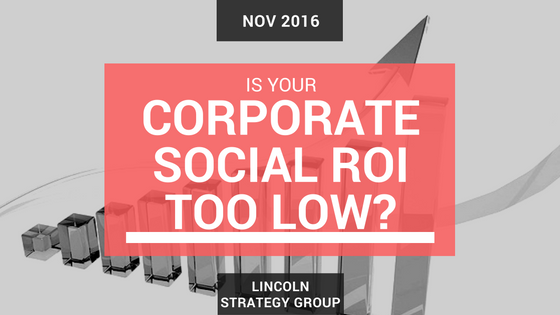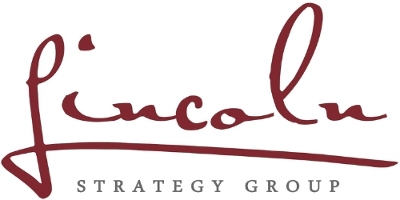
Organizations everywhere pour millions and millions of dollars every year into ensuring that their CSR practices are second to none. The money ultimately goes towards creating dynamic positive change both in the lives of humankind and for the business. With such a large amount of valuable assets being funneled into an undeniably important facet of a business, seeing it go to waste is an absolute travesty.
Socially responsible strategies at a corporate level are mutually beneficial, we’ve covered that in the past. Enacting positive change on an organization-wide level is enormously beneficial to all and the future of business.
It isn’t enough to simply tout the positive changes that you’re striving to make with your CSR practices. For the changes to truly be two-fold–that is, beneficial to both humankind and the business–others need to recognize these practices and be moved to both align with the business and help it move towards its goals.
A low level of attention to these business practices on the behalf of consumers is one of the main reasons for low ROI according to Kasper Ulf Nielsen. To remedy this, it’s important for CSR pros (or those who concentrate on it within a business) to begin gathering and interpreting data surrounding CSR and implementing strategies that can get that data to the masses. The more data that an organization has to back up its claims of a strong level of social responsibility, the easier it will be to show the public how much weight a business is putting into it.
But getting that ROI even extends beyond ensuring your message reaches your target publics. It’s been mentioned before that many people in today’s culture of social responsibility are willing to pay more and recommend brands that prioritize corporate social responsibility on some level. To get that valuable return on the million dollar investment into cultivating these responsible strategies, that culture you’ve created needs to be spread far and wide. The relationship between consumer and business must then become one of mutuality. When a customer or community member is pleased with the level of responsibility taken by a business, they will begin spreading that message. And the further the word and positive reputation of a business stretches, the more financial benefits will be reaped. To bring the message full-circle, a growing company with larger profit margins can then put more effort, more time, and more money into furthering its CSR efforts.
